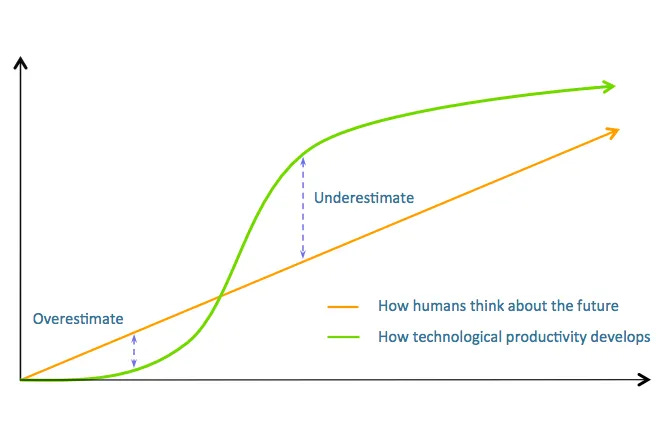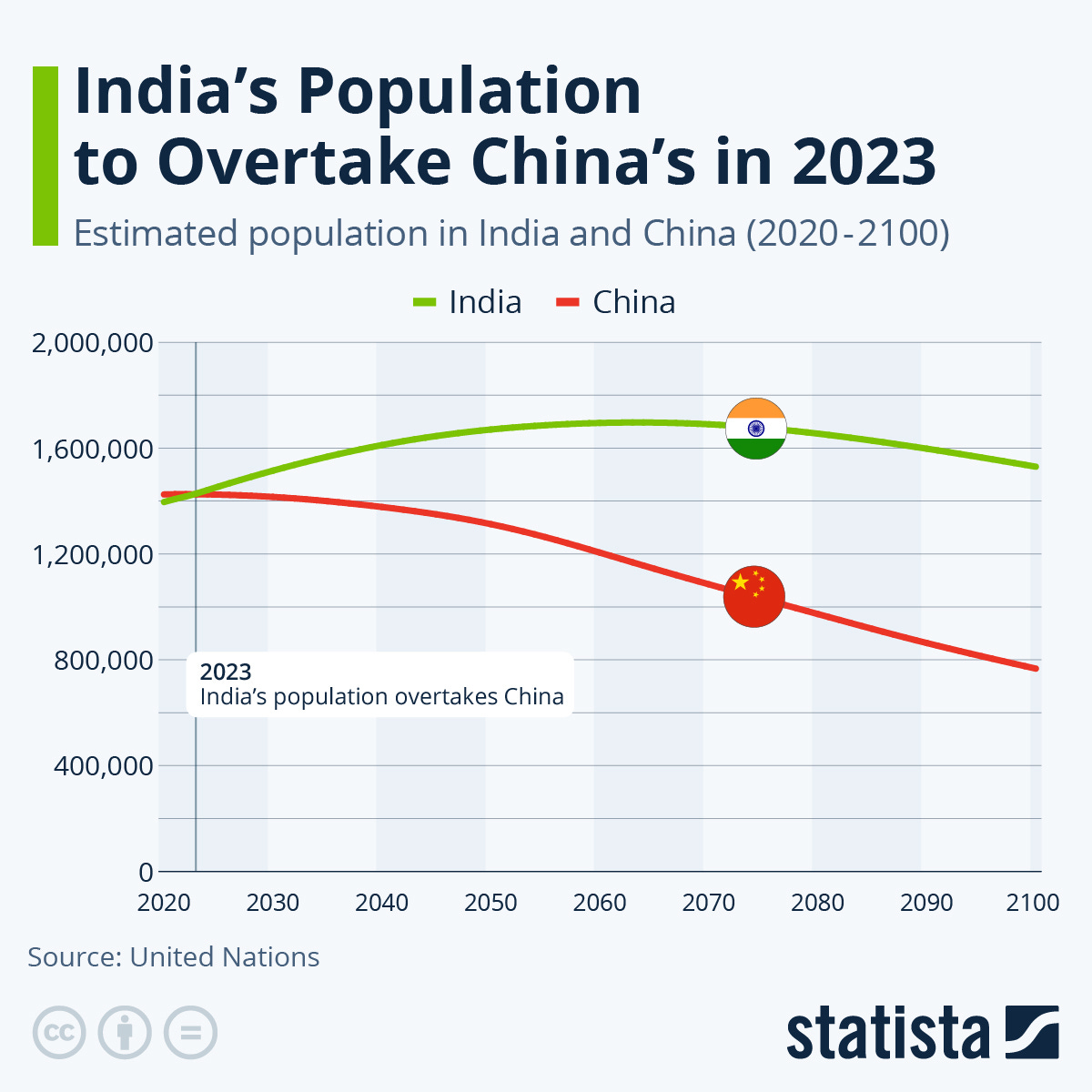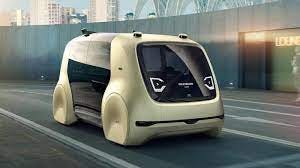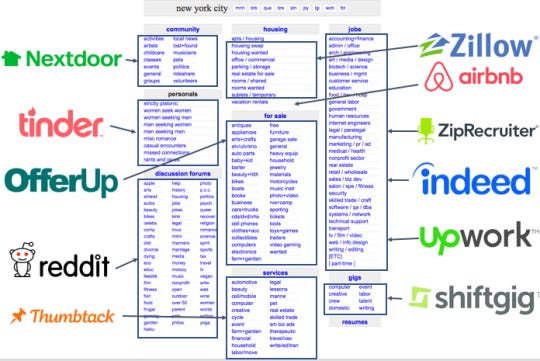Five Global Mega Trends That Will Drive the Future of Work
#WF40 Illustrated with Declining Dragons, Expanding Elephants, Digital Nomads and DAOs
The most popular Christmas game this year wasn’t from Nintendo, Sony or Disney.
It was a little ChatBot named, ChatGPT.
Some amused themselves initially by getting the chatbot to write songs,
for example about going to the shops - in the style of Jay-Z.
Then some started to ask the chatbot to do some of their work 😮.
And began to extrapolate wildly about the future of that work.
As a teenager, I was inspired by Alan Turing’s question,
Can Machines Think?
I learned some early AI natural language programs like POP-11, that could mimic human responses. The algorithms and advanced statistics have moved on since then. The most fascinating thing was not the computer programmes per se, but the human reaction to them…

When thinking about the future, technology plays an important role, but there are many other factors at play.
The recent ChatGPT interest reminds me of some wisdom from Roy Amara…
We tend to overestimate the effect of technology in the short run and underestimate for the long run.
With some help from Elephants, Dragons, Digital Nomads, and DAOs - this article picks up on some of the global macro trends that we should not underestimate when thinking about work in the coming decades.
1 - Declining Dragons and Expanding Elephants - Why it matters that India will become the most populous Country in the World in 2023
India will surpass China as the world’s most populous country in 2023.
By the end of Century, it is predicted by the UN that China will have a population of 800 million. India’s population will peak at 1.7 Billion in the 2060s.
Demographics is not destiny, but China’s population is both declining and ageing.
Why does this matter for work trends?
The largest impact on work in the last 40 years has been 600 million Chinese workers joining the global workforce. This led to an unprecedented reduction in poverty in China. It also constrained wage increases in Western economies. Cue the rise of nationalism, populism, and other pernicious ‘isms’.
Now the tide is turning. The Chinese workforce has peaked and fell by 40m from 2010 to 2020.
It remains to be seen if India can supply workers to the global economy as successfully as China has. The current boundaries to this happening in India are well documented, from lack of women in the workforce to weak infrastructure and training. There were challenges in China in the 1980s too.
Demographics are also shaped by hot and cold wars. We are in the middle of a cold war between two global superpowers, the USA and China. The battleground ranges from US Treasury Bonds, to Intellectual Property and the production of Computer Chips.
What to Watch in the East?
China extending the retirement age for ‘blue-collar women’ which is currently 50. There will be more incentives to produce future workers – the ‘one-child policy’ is long since gone, and married couples are now allowed to have 3 children.
The pace of investment in Indian people, infrastructure, and industries.
2 - Industrial Evolution – From the green energy transition to Robo-Taxis and personalised medicine
Global Demographics are a factor in where future workers will come from.
It will be industries that dictate what work they do.
Here are some of the trends starting to happen in global industries that will impact our work in the coming decades :-
Automotive Industry - Robo-Taxis will take to the roads in China, the United Arab Emirates, and elsewhere. Two German cities will hold trials of ‘level four’ autonomous vehicles, with human drivers barely needed.
Food and Farming - the UN expects 19m more people to be undernourished, with nearly 830m going hungry worldwide. Harvests will be thinner in many places.
Infrastructure - globally, the investment will be nearly $25 trillion on transport, water, 5G networks, from the Chinese Belt and Road Initiative to U.S. Inflation Reduction Act.
Energy - A shift to a greener economy could create 24 million new jobs globally by 2030 according to ILO.
Healthcare - Genomics England, a government research body, will screen up to 100,000 newborn babies in 2023 to gather data on rare diseases. It is a small move towards routine whole-genome sequencing, which would be a huge boost for personalised medicine.
Industries will evolve, shaping what we work on.
The next two sections illustrate how the organisation of the work will change.
3 - The Unbundling of Work - From Gumtree to LinkedIn
One way to look at the impact of the internet on the economy is through how services and products get packaged.
🎙️ Music Industry – recorded songs were bundled onto an Album and sold as Vinyl LPs or CDs -> now recorded songs are streamed via Spotify and paid with monthly subscriptions for access to the entire library.
📰 Newspapers – the content was produced and printed on paper, funded by advertising -> the original content is increasingly distributed directly to readers through digital platforms (like substack) either free, or with paid subscriptions.
Many services, and needs, once advertised on Craigslist or Gumtree, have been repackaged on a dedicated vertical marketplace, e.g. Zillow, Airbnb, and Tinder.
The same process is happening with work as it unbundles into tasks and is then re-organised e.g. Upwork, Shiftgig, BrainTrust.
We now get work-matching platforms linking employers directly with available workers.
In this scenario, we don’t need enormous enterprises managing 40,000 workers on their monthly payroll. We have smaller entities able to call on other teams, workers, and suppliers to carry out work on agreed contracts, and payment terms.
The boundaries of the firm become much more porous, and open to other friendly firms, suppliers, and customers.
4 - Work Rebundles Into New Teams - from techie coops to DAOs and Digital Nomads
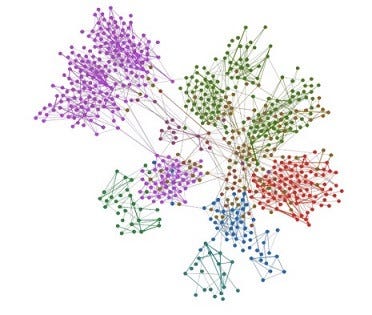
Despite much uncertainty, work doesn’t go away.
The same type of work projects will get done similarly in 2030 as they do now. For example, filling holes in the road, getting your haircut, and, dressing a wound.
However, the way the work is sourced, organised, and evaluated changes.
This isn’t something that happens in 2040, this is happening now.
Take two current factoids :-
More than 160 million people across the world work for online work platforms
Today, about 2 billion workers in the world work informally, without contracts, insurance, or legal support for disputes.
A new infrastructure of work will evolve to replace the current centralised, ineffective work plumbing. A situation where we willingly give away our career data for free, for it then to be sold back to us by a handful of digital landlords.
If you spend a few minutes with a Web3 enthusiast (don’t worry, I have done this for you). What you hear is not a love for obscure database technology, but a deep desire to work and live differently. Where collaboration is easier, where equity is fairer where there is more flexibility to suit lifestyle.
There is a great opportunity to make platforms work for more people in a fair way.
From verified career credentials held on personal wallets to self-sovereign identity, from Know Your Customer to Know Your Everything. Teaming technology – people will find collaboration partners with decentralised platforms and trustworthy social graphs.
You can read more about why and how a new infrastructure of work will be built with my 2018 research paper - download the PDF with a foreword from Don Tapscott.
Teams to Watch
The techie cooperatives working together to solve problems and pitching to larger enterprises, challenging the current consultancy model.
Some teams will be reminiscent of the past, platform cooperatives, digital guilds. Other teams are fairly new and different like Digital Organisations and DAOs, where users vote on how the organisation is run, and can share equity easily.
5 - Less Formal Jobs, More Security - A New Deal For Workers?
The pandemic forced people to think about WHERE we work.
The focus is drifting to HOW and now WHY.
Maybe for the first time, people can directly access and use tools like ChatGPT, which will carve out many tasks currently undertaken by knowledge workers. For example, in curation, marketing, basic research, customer service.
This raises questions about the future of jobs and indirectly financial security.
In my essay, Building a Better Future Without Jobs, I highlighted how technology enabled the formal job to be created, with many benefits for society.
You can also watch a 20 minutes speech on the same subject here.
In the reverse process, technology has enabled us to decentralise certain types of work. There is less need for formal jobs, however, there is an increasing need for other mechanism to replace the benefits of the job including public taxation, financial security, and individual and social purpose.
A new social contract will (need to) emerge.
🤝🏽 The New Deal :- you will not have one job, one boss and stop working when the state says aged 65. However, you will have a broader set of free public services, more financial security for when you are not earning for whatever reason, and opportunities to learn. The aim is to unleash both financial security and prosperity.
Societies that can best solve these trade-offs will flourish in the 21st Century.
Policies To Watch
Attracting global workers from around the world, e.g. Western Australia is looking to hire 30,000 nurses, builders, and teachers from the UK.
Sunny southern cities offering tax-breaks to richer northern Digital Nomads.
Universal Basic Income, we already had a temporary form of this during the first few months of Covid lockdowns with various furlough and kurzarbeit schemes.
Funding for lifelong learning as we need to reskill rapidly to supply workers for evolving industries.
Think more like an Elephant🐘 and a Dragon🐉
Demographics, the unbundling of work, and the changing industries and societies provide a fascinating, ever-swirling backdrop to how we will work in the future.
These are just some of the macro trends driving the Where, Who, What, How, and Why of Work.
To better understand the drivers of future work trends,
🐘 We need to think more like an elephant - longer-term, rather than get over-excited by the presence of a chatbot tickling our feet…
🐉 We need to be brave like a dragon – willing to destroy old ways of thinking to bring in the new…
These work trends are generating some interesting discussions with my clients in education, government, and technology providers. And questions for employers include :-
As more people move work contracts more frequently, how can we make our employer brand more attractive to a diverse workforce?
How can we make onboarding as smooth as possible to attract and not lose good workers?
How can we gain an advantage by hiring cognitively diverse teams from around the World?
How do we know what skills and talent we have in our formal organisation and also beyond the boundaries of our firm?
How can we source work more effectively?
Don’t underestimate these Global Mega Trends.
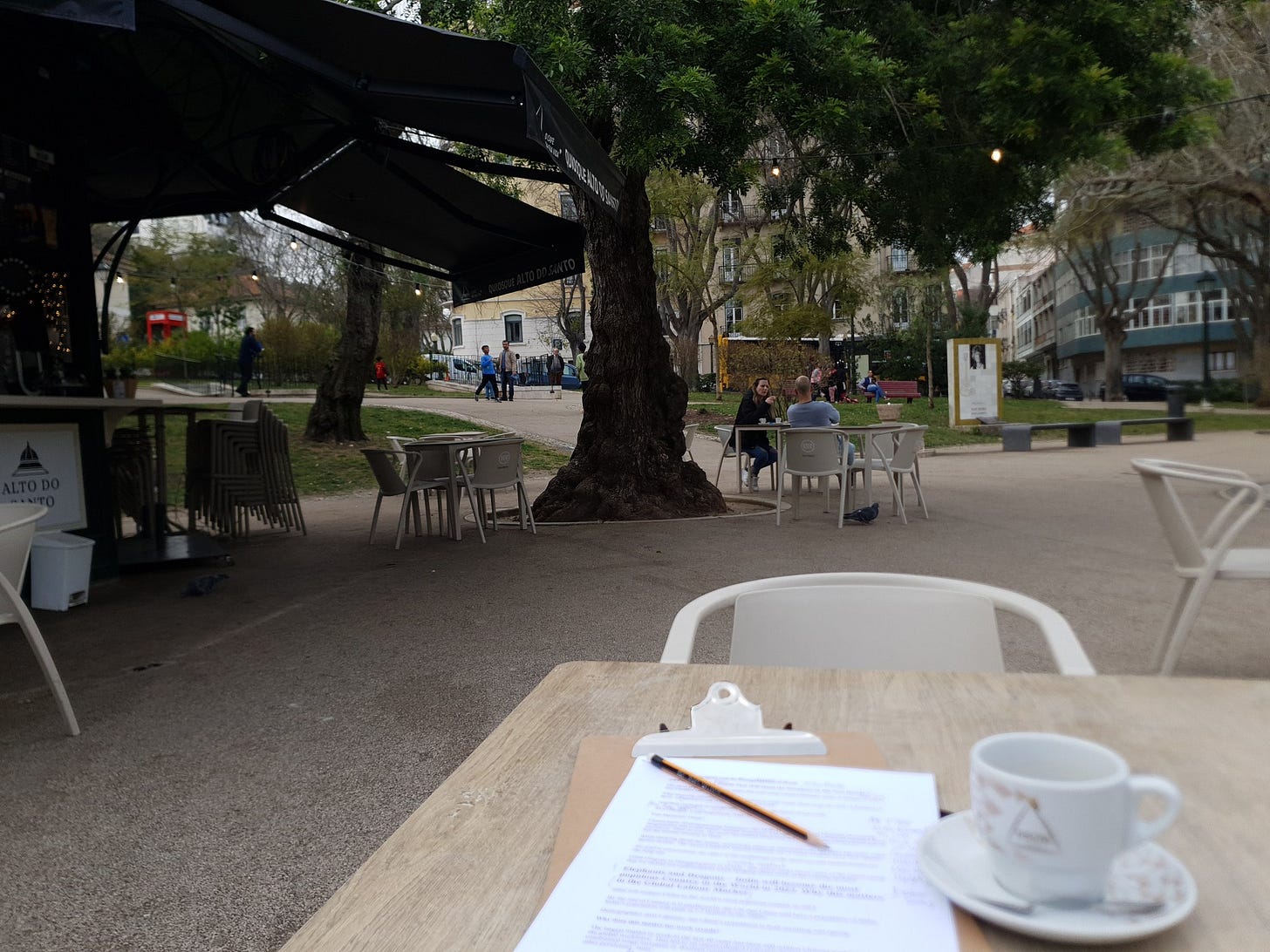
Let me know what you think by replying to the post or commenting on the article on social media.
If you enjoyed reading this article, you might also like other Workforce Futurist articles :-
The Golden Age of Digital Technology - What the five technology surges in the last 250 years tell us about the future, how Web3 fits into this account, and what this might mean for work.
Unleashing the Decentralised Workforce - An untapped workforce will utilise digital infrastructure to achieve its economic potential outside of traditional employment, changing the nature of work, the firm, careers, education and welfare.





